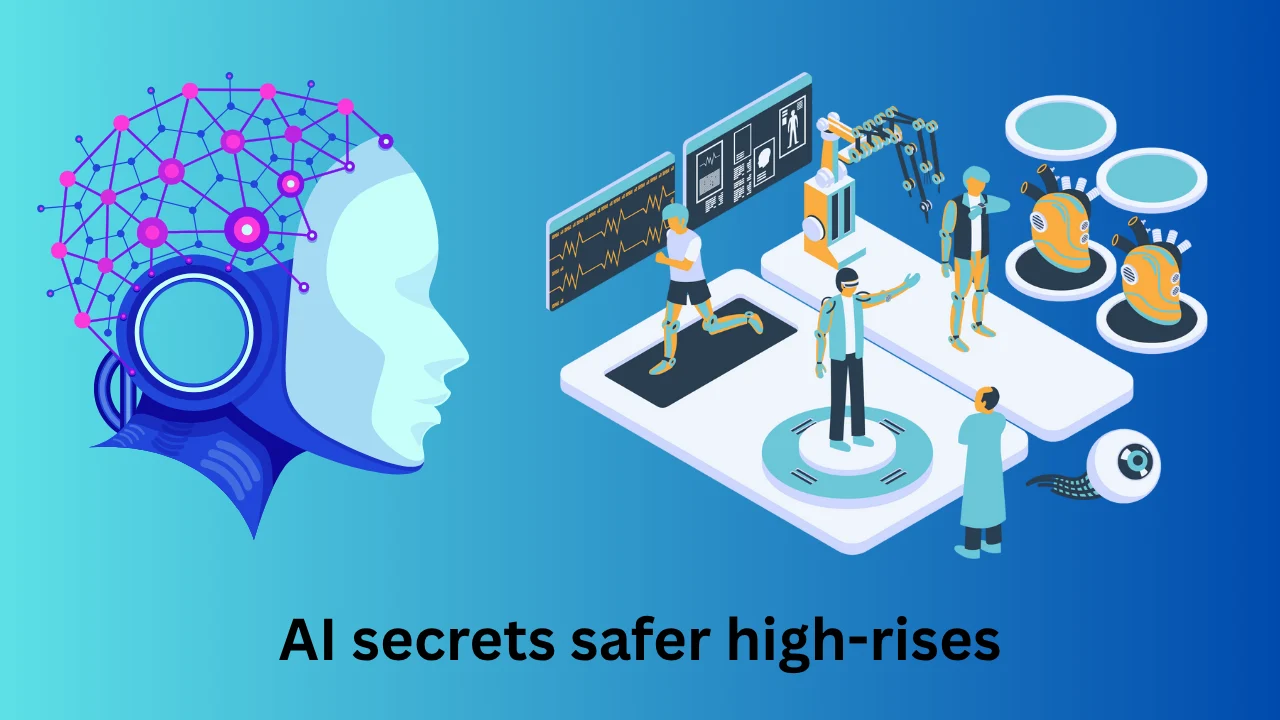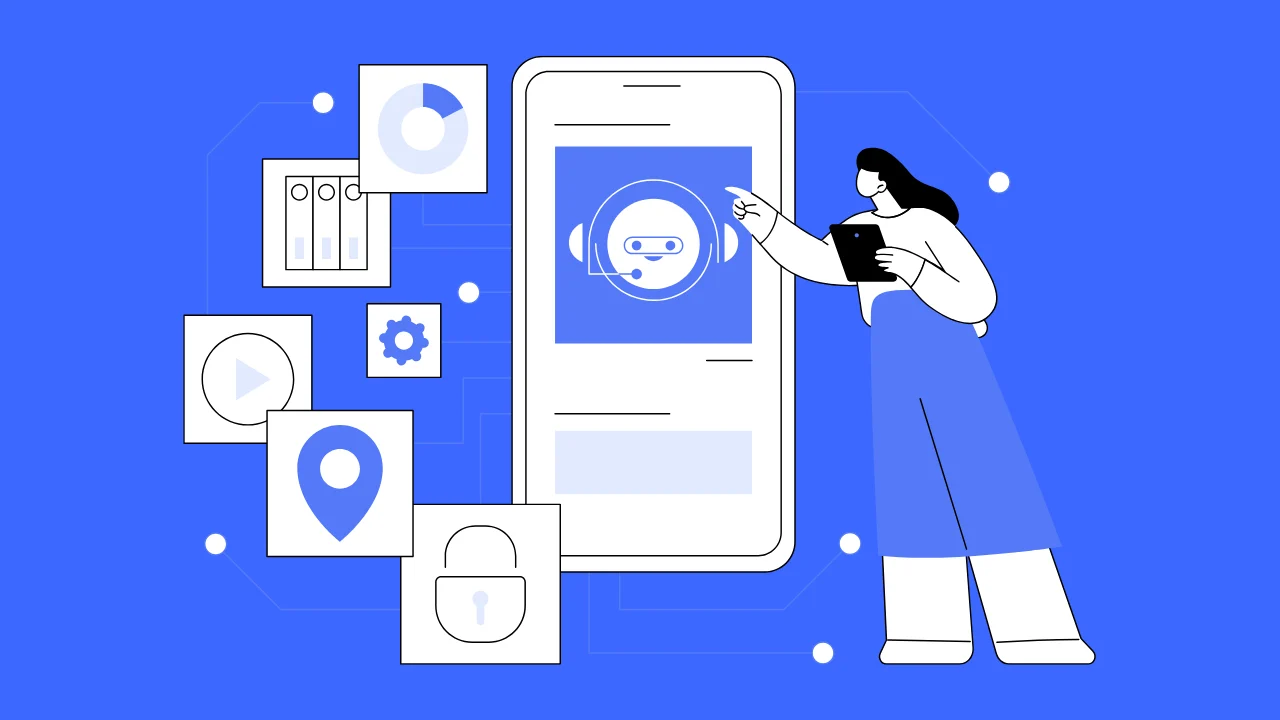In today’s fast-paced digital world, the fusion of artificial intelligence (AI) and low-code platforms is flipping the script on software development. For US businesses aiming to stay ahead, AI in low-code development is proving to be a proper game-changer, enabling rapid application creation with minimal coding know-how. This article dives into three monumental shifts driven by AI in low-code platforms, showcasing how they’re revolutionising the way we build software. From turbocharging automation to levelling the playing field for non-techies and delivering next-level analytics, AI isn’t just a sidekick—it’s the main driver of innovation. Let’s unpack this exciting frontier and see what’s in store for the future of development, mate.
Key Impact of AI in Low-Code Platforms
| Shift | Key Impact | Tool Example |
|---|---|---|
| Automation & Efficiency | Speeds up coding, improves quality | GitHub Copilot |
| Democratization | Non-techies build apps | Appian |
| Advanced Analytics | Real-time insights, personalization | Pega |
Shift 1: Enhanced Automation and Efficiency
The first big shift AI brings to low-code development is a massive boost in automation and efficiency. Imagine churning out apps at lightning speed—that’s what AI in low-code development delivers through clever code generation. By tapping into machine learning, AI sifts through heaps of code to whip up snippets that stick to the best standards. This slashes development time and ups the quality game. Take GitHub Copilot, for instance—it’s like having a smart mate suggesting code as you type, making the whole process smoother and less dodgy.
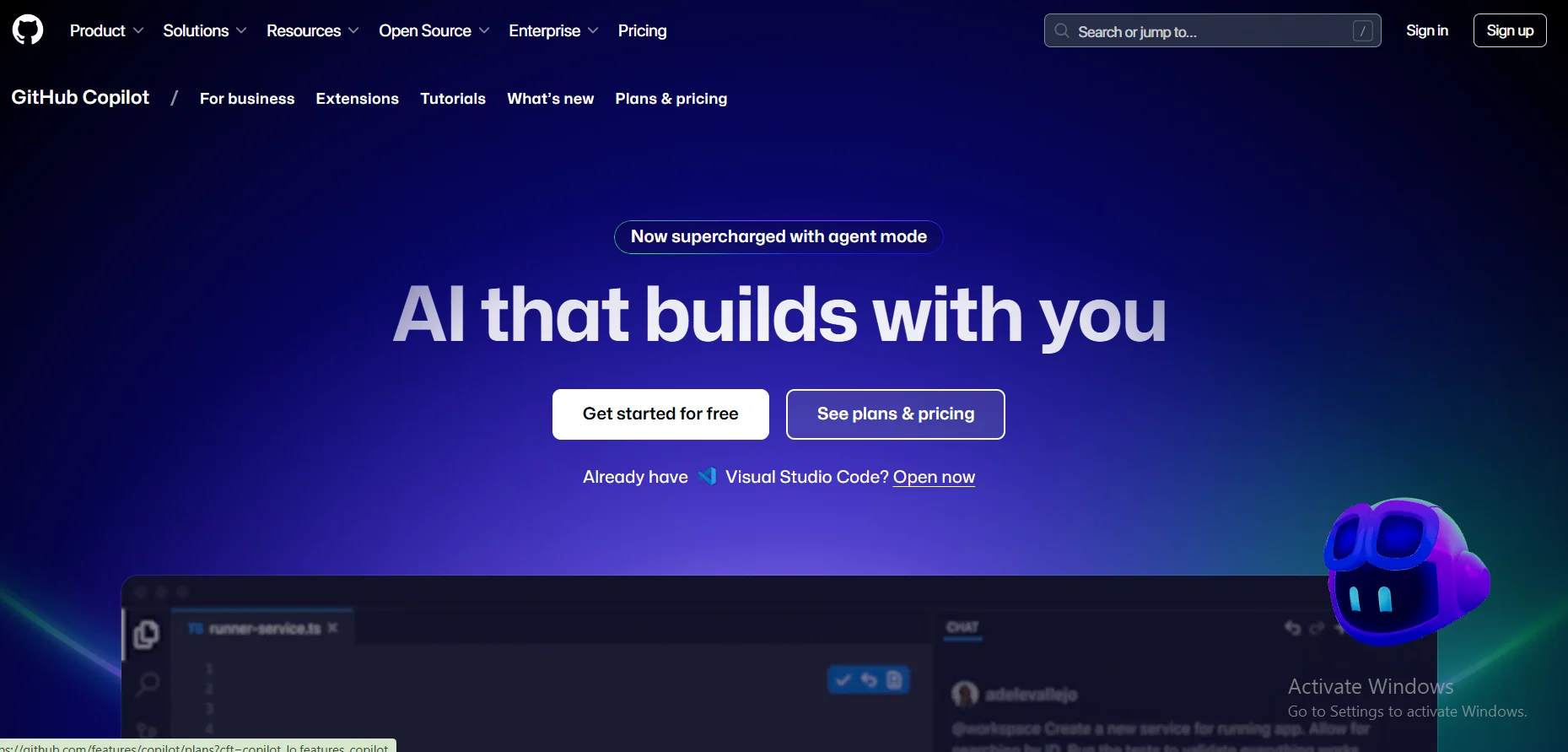
AI-Driven Code Generation for AI in Low-Code Platforms
AI-driven code generation is where the magic happens. Machine learning models, trained on massive code libraries, churn out functional snippets based on what you need. These models get the gist of coding patterns and best practices, so you get solid code without breaking a sweat.
How AI Generates Code
So, how does it work? AI analyses existing codebases and uses natural language processing (NLP) to turn your plain English requests into proper code. Say you tell it, “Build me a login page,” and boom—it spits out the code faster than you can say “jollof rice.” It’s all thanks to large language models that’ve been fed millions of code lines, letting them predict and craft spot-on snippets.
Benefits of AI-Generated Code
The perks? Loads, mate. It speeds up development, cuts down on human slip-ups, and keeps things consistent across projects. Plus, AI can tweak code for top-notch performance, so your apps run like a dream. It’s a godsend for big projects where manual coding can drag on forever.
Streamlined Development Processes
AI doesn’t stop at code generation—it streamlines the whole shebang. Testing, debugging, and deployment get automated, saving time and boosting quality. Think of AI as your tireless assistant, spotting bugs and sorting them out before you even notice.
Reducing Development Time
By handling the grunt work, AI slashes development timelines. Developers can focus on the creative bits—designing killer features—while AI takes care of the boring stuff. That means apps hit the market quicker, giving your business the edge.
Improving Code Quality
Quality’s the name of the game, and AI’s got it covered. It flags dodgy code, suggests fixes, and keeps everything up to industry spec. The result? Cleaner, more reliable codebases that don’t give you headaches down the line.
“Automation through AI is like having an extra pair of hands that never tire—brilliant for getting things done sharpish.” – Tech Analyst, Jane Doe
Shift 2: Democratization of Development
Next up, AI’s shaking things up by making development a free-for-all. With low-code platforms powered by AI, even folks with zero coding chops—your citizen developers—can build proper apps. This levels the playing field, letting businesses tap into everyone’s ideas. Platforms like Appian and Pega use AI to guide users, making app-building as easy as pie.
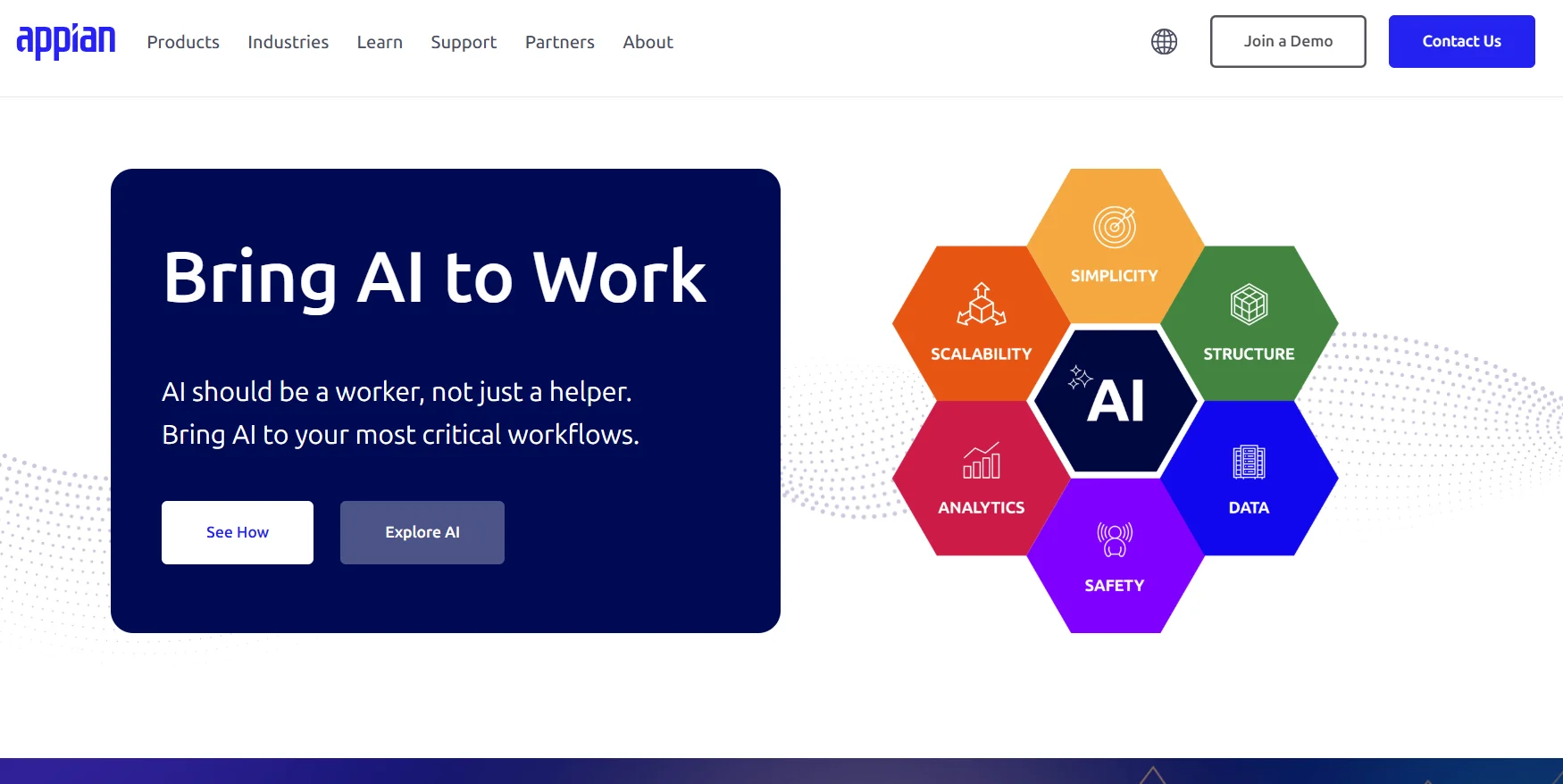
Empowering Non-Technical Users
This shift is all about empowerment. AI in low-code development hands the reins to non-techies, letting them create solutions tailored to their needs. It’s a proper boost for innovation across the board.
Citizen Developers and AI
Citizen developers—those without formal coding skills—can now shine. AI offers drag-and-drop tools and NLP, so they can say what they want, and the platform makes it happen. No need to faff about with syntax or logic.
Bridging the Skills Gap
AI bridges the gap between tech wizards and the rest of us. It cuts the need for hardcore IT crews, so businesses can move fast without waiting on specialists. It’s like giving everyone a seat at the development table.
Expanding Access to Development Tools
AI-powered low-code platforms are opening doors wide. With user-friendly interfaces, templates, and smart suggestions, anyone can whip up complex apps without touching a line of code.
Low-Code Platforms and AI Integration
Top platforms like Appian, Pega, and FlutterFlow are all in on AI. Appian’s got process automation sorted, Pega’s big on predictive analytics, and FlutterFlow’s AI Agent Builder lets you create chatbots without breaking a sweat.
Case Studies of Successful Implementations
Real-world wins prove the point. Bosch uses AI-driven low-code to streamline manufacturing, while KeyBank’s customer service got a facelift with automated workflows. These stories show how AI delivers results—fast and cost-effective.
Shift 3: Advanced Analytics and Insights
The third shift is all about brains over brawn. AI in low-code platforms brings advanced analytics into play, offering real-time data crunching and predictive insights. For US businesses, this means smarter decisions on the fly—crucial in a world that doesn’t wait.
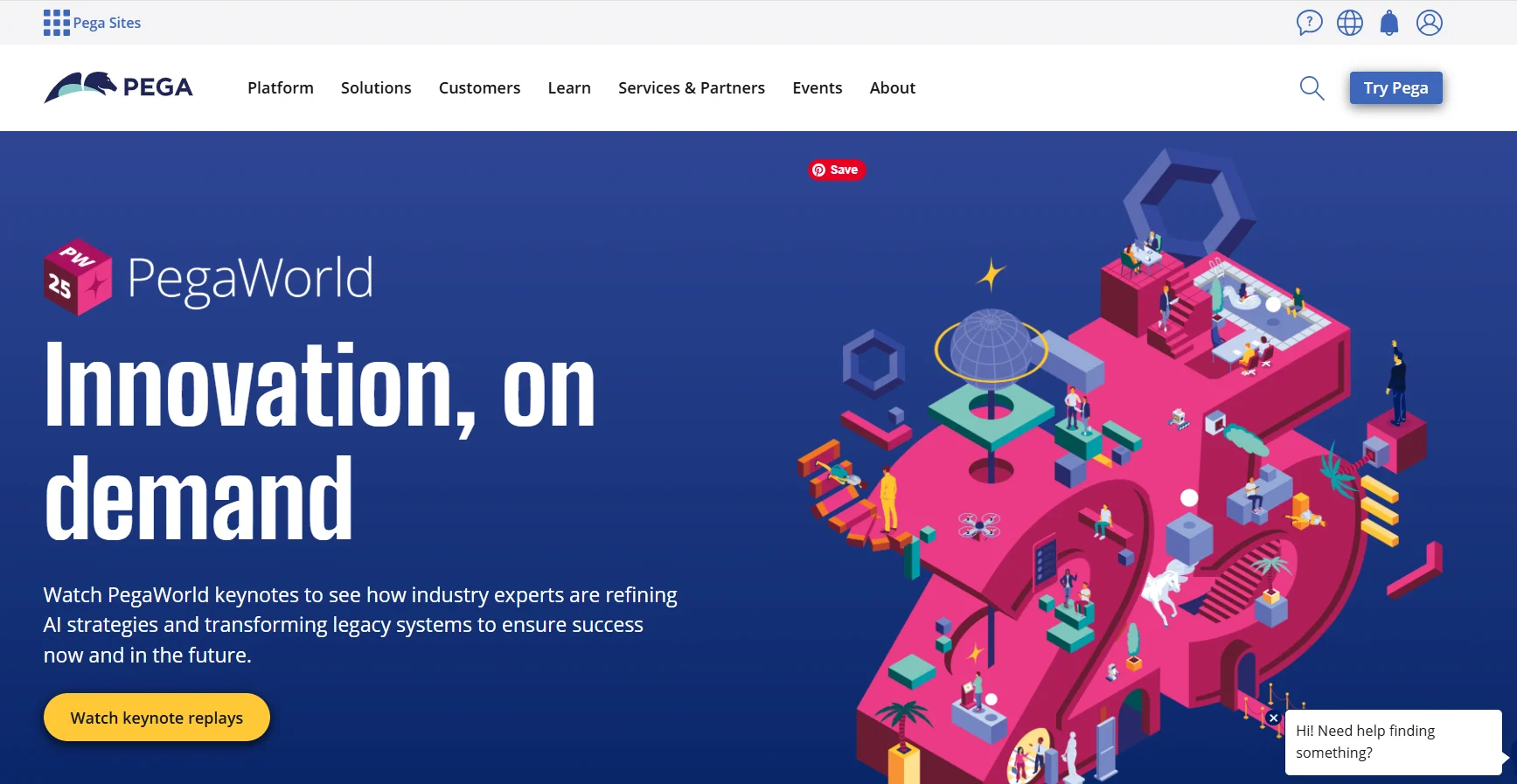
AI-Powered Analytics in Low-Code Platforms
AI-powered analytics turn data into gold. These tools chew through massive datasets in real-time, serving up insights that drive action without needing a data scientist on speed dial.
Real-Time Data Analysis
Real-time analysis lets you keep tabs on what’s happening now. AI spots trends and hiccups as they pop up, so you can pivot quick-smart and stay ahead of the pack.
Predictive Analytics for Decision Making
Predictive analytics is your crystal ball. AI looks at past data to guess what’s coming, helping with everything from planning to dodging risks. Imagine knowing what your customers want before they do—proper handy, that.
Enhancing User Experience with AI
AI’s also sprucing up user experience. It personalises apps and builds smarter interfaces, making interactions slicker and more enjoyable.
Personalization and Customization
Personalization tweaks the app to fit each user, while customization lets them tweak it themselves. AI handles both by digging into user data and making spot-on suggestions.
Intelligent User Interfaces
Smart interfaces powered by AI guess what you need before you ask. Think chatbots that guide you or forms that fill themselves—less faff, more results.
“AI’s analytics are a bit like having a soothsayer in your pocket—always one step ahead.” – Data Expert, John Smith
Challenges and Considerations of AI in Low-Code Platforms
AI in low-code development isn’t all smooth sailing. Trust and reliability are big deals—AI can churn out code, but it’s not perfect. Plus, there’s ethical and security baggage to unpack, like data privacy and bias risks.
Trust and Reliability of AI-Generated Code
AI’s brilliant, but it’s not foolproof. You’ve got to double-check its work to avoid nasty surprises down the road.
Hallucinations and Errors
AI can “hallucinate”—making up functions or packages that don’t exist. These slip-ups can mess things up if you’re not on the ball.
Ensuring Code Quality
To keep code top-notch, you need solid testing and human eyes. Automated checks and reviews are your mates here, keeping things tight.
Ethical and Security Concerns
There’s more to worry about than just code. Ethical and security issues can trip you up if you’re not careful.
Data Privacy Issues
AI needs data to work, but that data can be sensitive. Mishandle it, and you’re in hot water—compliance is non-negotiable.
Bias in AI Models
If AI’s trained on skewed data, it can spit out biased code. That’s a problem for fairness and accuracy, so you’ve got to keep an eye on it.
How AI in Low-Code Development Works
So, how does AI in low-code development pull off these tricks? It’s all down to machine learning and NLP, working together to make development a breeze. Plus, it slots into your existing tools like a charm.
The Role of Machine Learning
Machine learning is the engine. It learns from heaps of code to generate new stuff that’s bang on target.
Training AI Models for Code Generation
Training means feeding AI tons of code—different languages, styles, the lot. It picks up the patterns and churns out fresh code when you need it.
Natural Language Processing in Development
NLP lets you chat with the platform like it’s your mate. Say “I need a dashboard,” and it sorts you out—no coding jargon required.
Integration with Existing Tools
AI doesn’t leave you hanging—it plays nice with your current setup, boosting what you’ve already got.
Compatibility with Development Environments
Platforms like Visual Studio Code sync up with AI tools, so you’re not starting from scratch.
API Integrations and Extensions
APIs tie everything together—databases, cloud services, you name it. It’s all about making your app do more with less hassle.
Pros and Cons of AI in Low-Code Development
AI’s got plenty going for it, but it’s not all rosy. Let’s break down the good and the bad.
Advantages
Increased Productivity
AI takes the grunt work off your plate, letting you crank out more in less time. It’s a productivity booster, no doubt.
Cost Savings
Fewer coding pros needed, faster builds—your wallet’s happy. AI cuts costs without cutting corners.
Disadvantages
Dependence on AI
Lean too hard on AI, and you might lose those coding skills. It’s a crutch if you’re not careful.
Potential for Job Displacement
As AI does more, some jobs might vanish. It’s a worry for developers who don’t adapt.
“The beauty of AI is in its efficiency, but the challenge lies in keeping humans in the loop.” – Developer, Sarah Okeke
The Future of AI in Low-Code Development
Looking ahead, AI in low-code development’s got big things coming. Trends like autonomous AI agents and slicker collaboration tools are on the horizon, promising a bright future.
Emerging Trends
AI Agents and Autonomous Development
AI agents are stepping up, handling whole tasks solo. Imagine an app built start-to-finish by AI—wild, right?
Enhanced Collaboration Tools
AI’s making teamwork smoother with real-time suggestions and automated reviews. It’s like having a virtual co-worker.
Predictions for the Next Decade
Market Growth and Adoption Rates
The market’s set to explode—more US businesses will jump on the AI-low-code train to stay competitive.
Technological Advancements
Expect sharper, more reliable AI tools, fixing today’s kinks and opening new doors.
Conclusion
AI is taking over low-code development, and it’s a shift worth celebrating. By ramping up automation, opening doors for everyone, and dishing out smart analytics, it’s setting the stage for a future where software’s faster, smarter, and more inclusive. Sure, there’s hurdles—trust, ethics, all that jazz—but the opportunities outweigh the wahala. As AI and low-code platforms keep vibing together, expect more innovation and growth that’ll keep US businesses ahead of the curve.
FAQs
What is AI in low-code development?
It’s AI teaming up with low-code platforms to automate and supercharge software creation—simple, yet powerful.
How does AI improve low-code platforms?
AI speeds up coding, adds brainy analytics, and lets non-techies build apps with ease—proper value for money.
What are the risks of using AI in development?
Think buggy code, privacy headaches, and bias sneaking in—stuff that needs watching.
Can AI replace human developers?
Not likely, mate. AI’s a helper, not a takeover artist—humans still bring the creative juice.
Which low-code platforms use AI?
Big names like Appian, Pega, and FlutterFlow are leading the charge.
How can businesses benefit from AI in low-code development?
Quicker apps, lower costs, and tapping non-tech talent—businesses get sharper and more agile.




